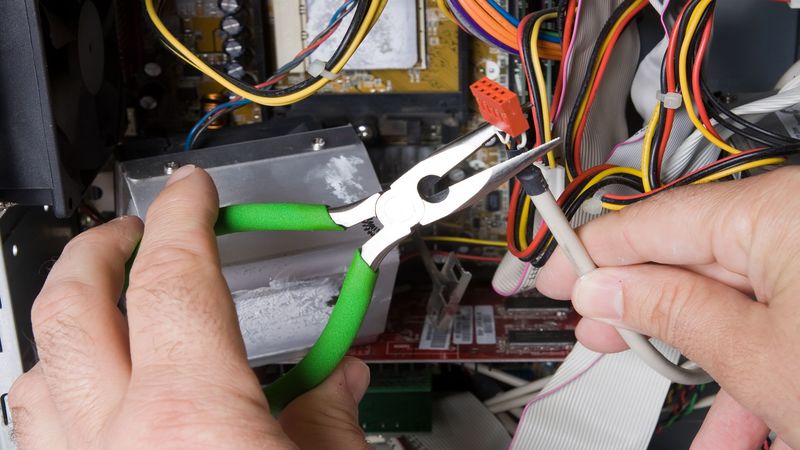If you need to check products or materials for leaks, then a pressure or vacuum leak detector is one your most valuable tools. However, this kind of technology may not give you the results you seek if you don’t understand the process completely. Here are some important things to know about pressure or vacuum detection equipment, to give you the best results.
How it Works
When you test, you are checking things for a specific rate of air loss. This lets you know if you have leaks and how serious the leaks are. Some tests only take a few seconds. However, this depends on the volume or space you are testing. You may need more time.
You need to take two factors into consideration for your vacuum leak detector test results, volume (v) and time (t). This lets you know how fast the leak is and the flow rate is often expressed in terms of cubic centimeters per minute or second.
To understand leak testing, you need to take things like volume and outside pressure into consideration. You also need a constant temperature throughout the test, and the gas you use can’t be compressible.
Test Cycle Phases
You have three separate phases for testing:
- Load/unload – this is how long it takes to connect and disconnect your test item from your pressure or vacuum leak detector equipment.
- Charge – this is the time you charge the test item with gas or place a vacuum inside of it.
- Settle – the time period that the pressurized item takes to stabilize from the pressure. With flexible material, the stabilization time is usually longer.
After the three test phases, you’ll need to take some time to read the instrument and record the results. By following these simple tips and suggestions, you can increase your accuracy and decrease the need for re-testing.
.

